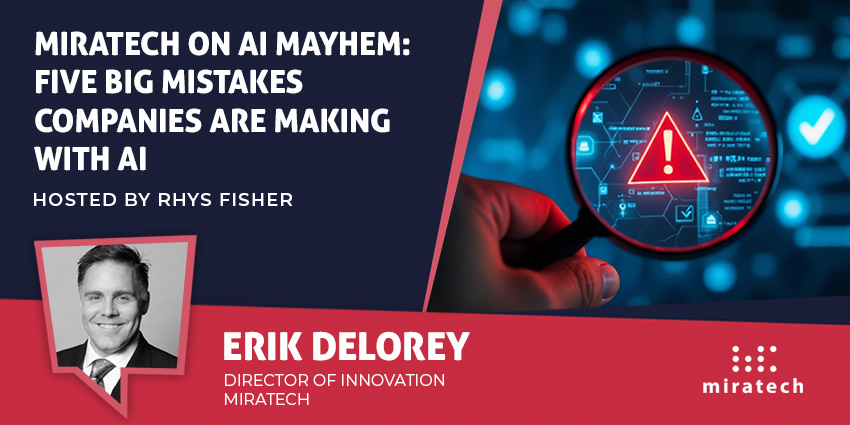On Monday, Gartner announced its top strategic technology trends in the CX space.
The findings were revealed during Gartner’s ongoing IT Symposium/Xpo, where the business and technology insights company announced the list of trends they expected organizations to focus on in 2026.
Gene Alvarez, Distinguished VP Analyst at Gartner, announced the trends at the symposium, stating:
“Technology leaders face a pivotal year in 2026, where disruption, innovation, and risk are expanding at unprecedented speed,
The top strategic technology trends identified for 2026 are tightly interwoven and reflect the realities of an AI-powered, hyperconnected world where organizations must drive responsible innovation, operational excellence, and digital trust.
While the announcements focused on the wider technology space, several of them directly relate to the customer experience and service space.
Multiagent Systems
This is a collection of AI agents that can work across either one or multiple environments and can achieve both simple and complex tasks.
As described by Alvarez, adopting the Multiagent System allows organizations to automate their complex business processes, upgrade their teams, and find new ways for human and AI agents to work together.
These agents can be used across customer service to increase work efficiency, delivery time, and reuse previously proven solutions across workflows to reduce risk, meaning scaling operations would be simpler and allow adaptations to be implemented quickly.
Domain-Specific Language Models
This trend is an emerging demand from CIOs and CEOs so that business value is higher from AI.
The DSLMs are designed to fill the gap created by ‘generic’ large language models (LLMs), which often fall short of specialized tasks, with greater accuracy, lowered costs and better compliance.
Unlike LLMS, the DSLMs allow for training or fine-tuning on specialized data for any industry, function, or process, whilst also providing higher accuracy levels, reliability, and compliance for a business’s needs.
Gartner has also predicted that over half of the GenAI models used by enterprises will become domain-specific by 2028.
As explained by Tori Paulman, a VP Analyst at Gartner, one of the most critical differentiators for successful agent deployments is context.
These DSLM agents can interpret industry-related context and make smart decisions even in brand-new environments, as they thrive in accuracy, explainability, and decision-making.
This allows CX agents to minimize customer errors and understand customer queries at a higher level of accuracy.
AI Security Platforms
As a current trending topic in the CX space, AI security platforms can offer a unified way to introduce third-party and custom-built AI applications into a system.
These platforms centralize visibility, enforce usage policies, and protect against various AI-specialized threats such as prompt injections, data leakage, and rogue agent actions.
This has been a widespread issue for customer service in recent months across a number of industries, including automotive, social media and retail.
With customer service handling large amounts of sensitive information, security is of the utmost importance.
These platforms then become crucial tools for CX, helping CIOs to introduce use policies, monitor AI activity, and add robust guardrails to stop unwanted actions.
Gartner has also predicted that by 2028, over 1 in 2 enterprises will adopt AI security platforms to protect their AI assets.
AI-Native Development Platforms
These platforms have leveraged Generative AI to design simpler and faster software to allow organizations to increase their application output.
By positioning “forward-deployed engineers” in a business, they can work with domain experts to develop new applications, as well as have small groups of employees paired with AI to expand the speed of application development with the same number of developers.
A number of other companies have already adopted this trend to allow domain experts to produce the software themselves without additional technical knowledge to ensure that security and governance guardrails are established.
This allows CX leaders to build applications themselves without prior knowledge of coding, using products such as AI co-pilots to assist in workflow automations, dashboards, and agent-assist tools.
By 2030, Gartner further predicts that these AI-native development platforms will likely result in 8 out of 10 organizations decreasing their software engineering teams to work alongside AI.
In discussing this trend, Paulamn addressed the deep changes that are set to occur in businesses:
“These trends represent more than technology shifts; they are catalysts for business transformation,
What feels different this year is the pace. We’ve seen more innovations emerge in a single year than ever before.
“Because the next wave of innovation isn’t years away, organizations that act now will not only weather volatility but shape their industries for decades to come.”







